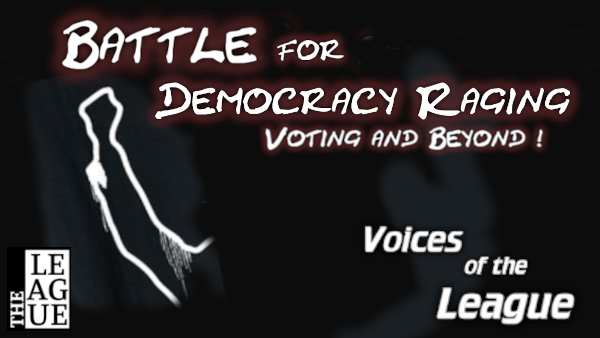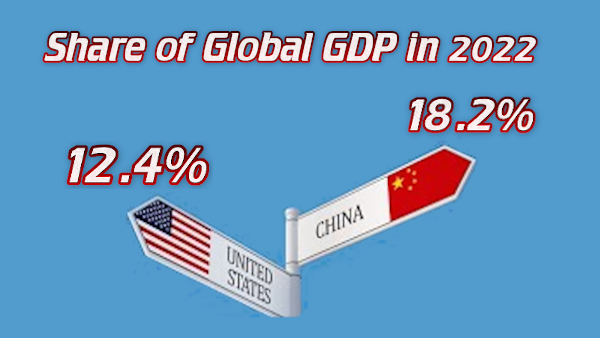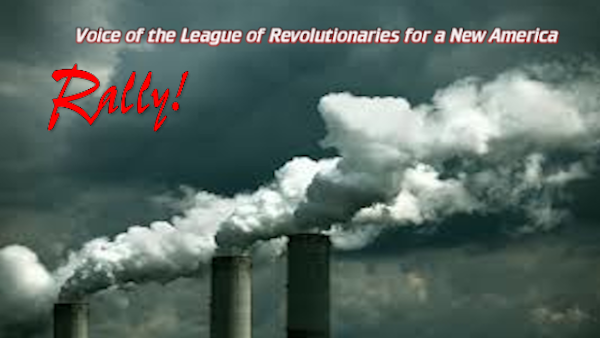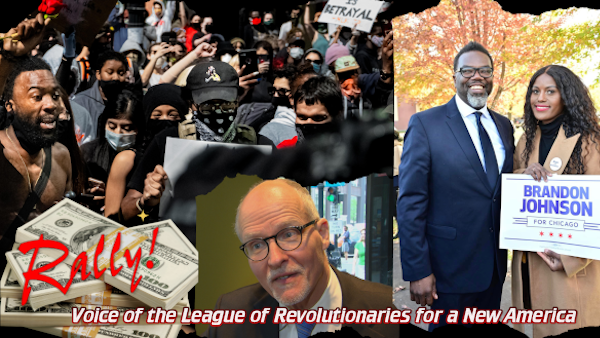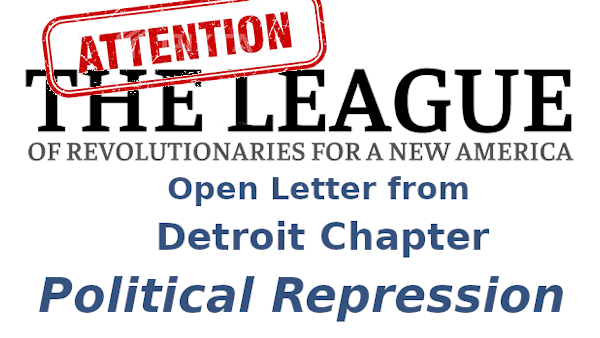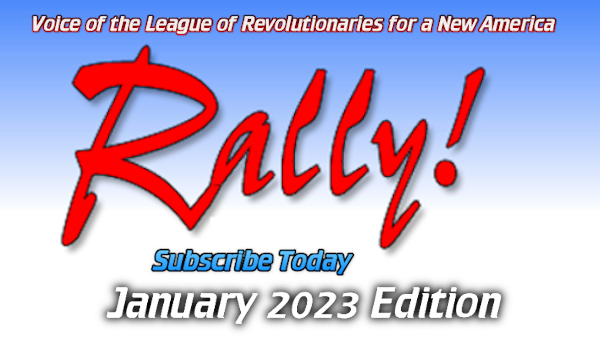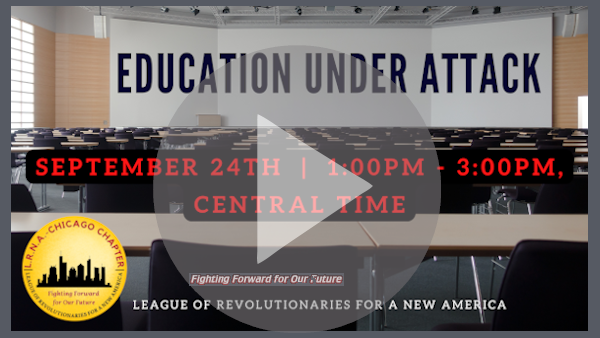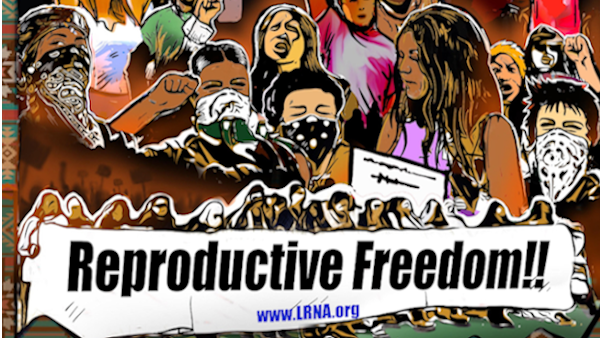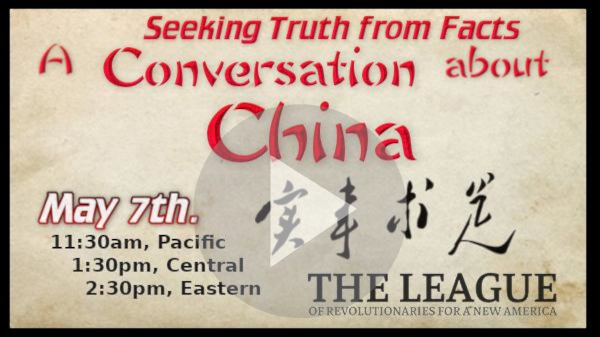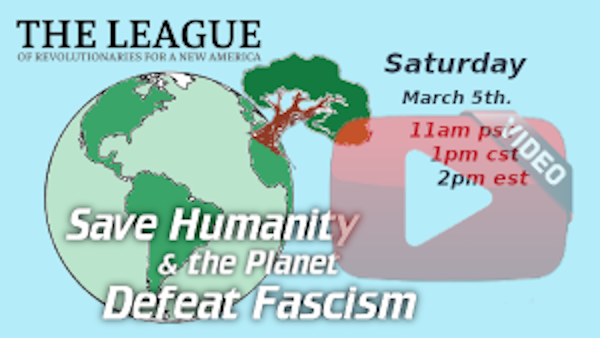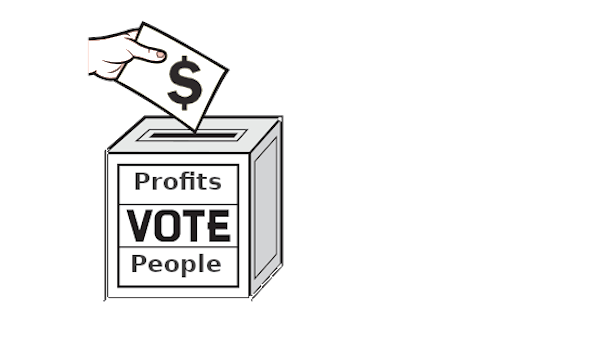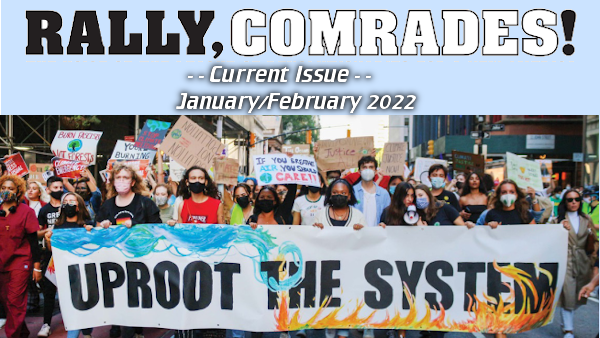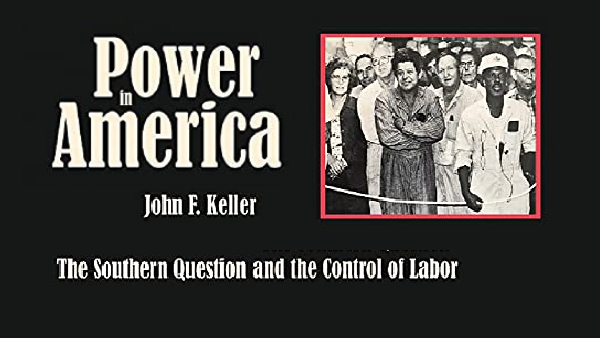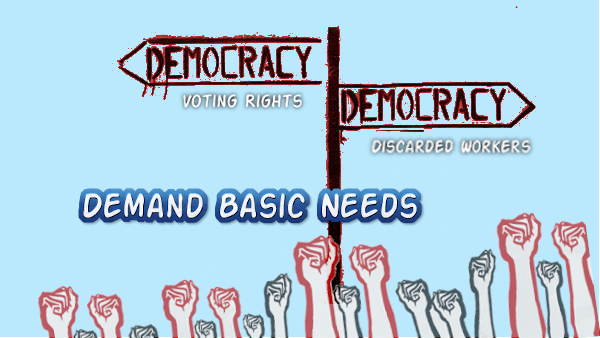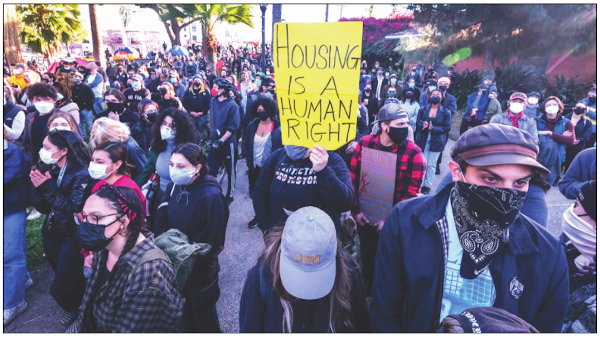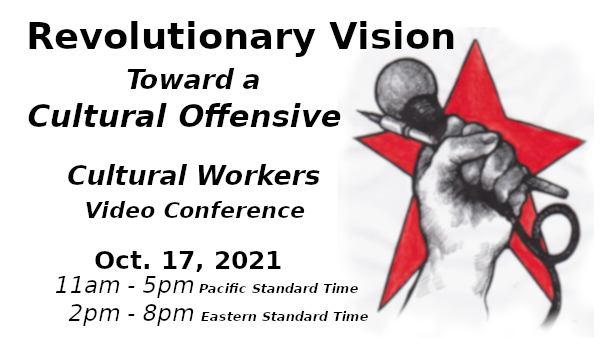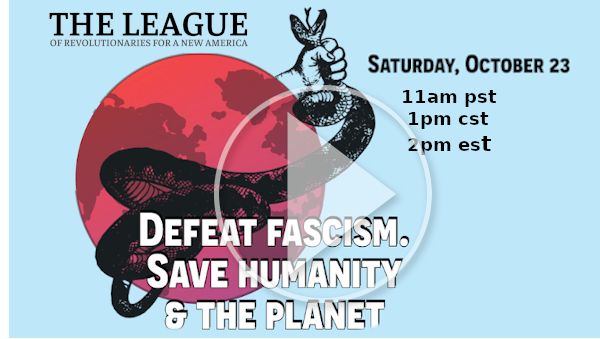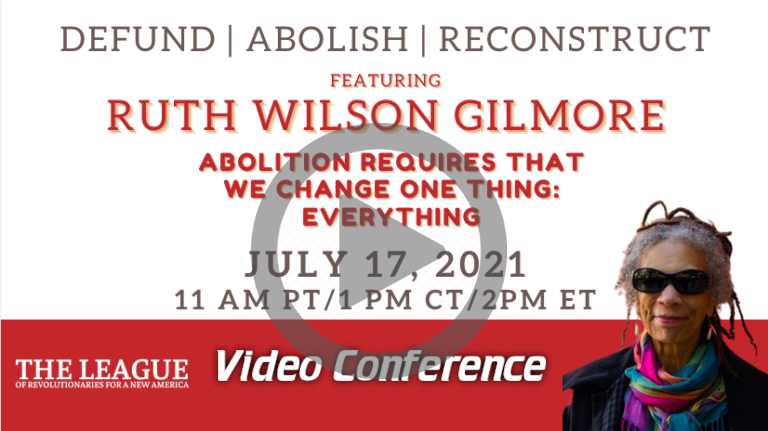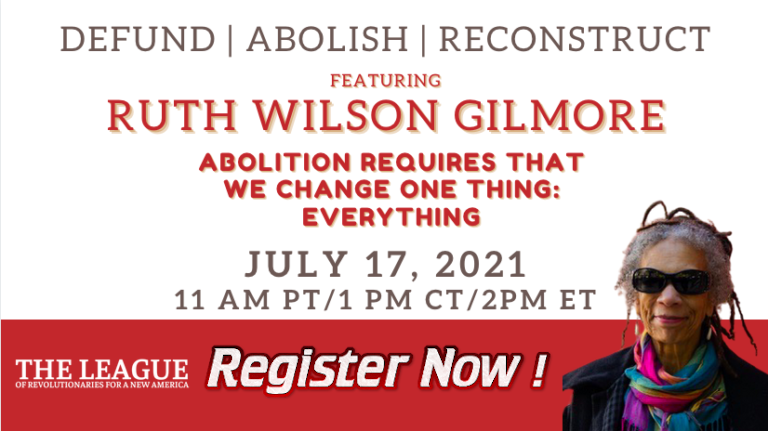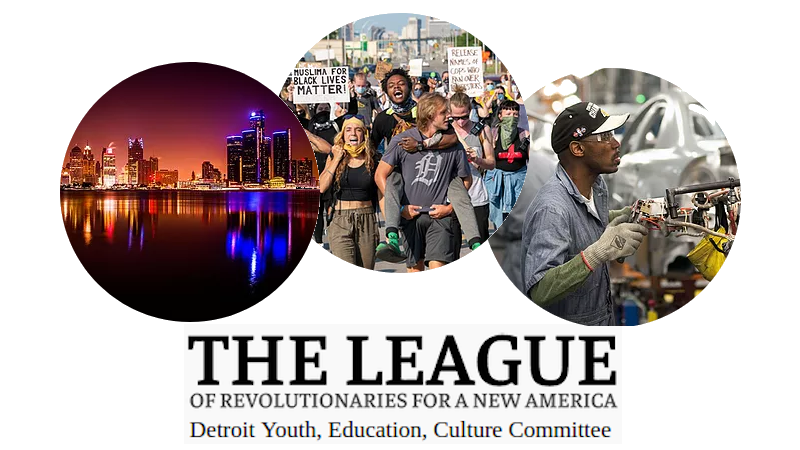China’s Rise and the Historical Decline of the U.S.
The United States share of the global gross domestic product has been in constant decline over the past 75 years. The U.S. accounted for roughly 50 percent of global output at the end of World War II. By 1985, its share stood at 22.5 percent. It has fallen to 15.1 percent today, and the International Monetary Fund projects that it will slip to 13.7 percent by 2023. In this context we see fundamental challenges being made to the existing world order. As the U.S. loses its economic dominance, it increases its war footing. This reality underlies what has been called the “pivot” by the U.S. to the East. The encirclement and confrontation with China and Russia are the primary focus of U.S. military strategy.
China
China is connecting with the world, pursuing multilateral agreements around the globe and creating a parallel world order. It is doing this through relationships such as the Shanghai Cooperation Organization, the Asian Infrastructure Investment Bank, the Regional Comprehensive Economic Partnership and the Belt and Road Initiative. In recent years, these global institutions have made trillions of dollars in trade and infrastructure development agreements throughout Asia, Africa, Europe, the Middle East, and Latin America. A review of these relationships shows the breadth of the relationships, networks and alliances the Chinese are building throughout the world.
China is the world’s biggest crude oil importer, buying nine billion barrels of oil a day. In March of 2018, the Shanghai International Energy Exchange launched the first crude futures contracts priced in Chinese yuan. Crude oil is the world’s most-traded commodity. For decades, the U.S. dollar has been the primary currency (known as petrodollars) for oil futures contracts. China is moving to have its new petroyuan play a more significant role in global oil trading.
The decision by the U.S. to withdraw from the Iran nuclear deal and impose sanctions against Iran aims to limit global trade of Iran’s crude oil. China is the largest importer of Iranian oil and India is the second largest. Regardless of U.S. sanctions, major Asian oil importers like China and India will continue to buy Iranian oil. The long-term effect of this will be that the dollar’s international position will be weakened by the increased use of China’s currency in global financial trading as part of the general trend of these countries to get out from under the domination of the dollar.
Ruling Class Protection of Private Property
The policies of the Trump Administration are an expression of the underlying process of polarization, not the cause. Certainly, the character of the Trump Administration is contributing to the polarization going on in the world today and influences the ways that the struggle is being shaped and carried out. There are forces within the Trump Administration that are now in a position to, according to what they believe, shape and advance the merger of the State and the corporations: that is, a fascist economy and society that began decades ago through previous Democratic and Republican administrations.
Their views and policies are a means of carrying out the common interests of the ruling class in the midst of the destruction of capitalism. However, while there is no fundamental difference over what those interests are there are bitter and dangerous battles over how these interests will be advanced.
The U.S., and indeed the world’s ruling class, cannot be constrained by the old alliances and obligations, or the ideas, institutions, and approaches of another era. The destruction of value, the end of the capitalist system, and the necessity to create something new are shaping the internal contradictions within the ruling class. And they are driving the growing antagonism between the developing global ruling class and the developing world proletariat. If the capitalists have to change the form to maintain a system of private property, they have proven they will do that. They are doing that now. In the process of the fight among themselves and against the world’s proletariat, they are evolving step by step, and sometimes against their own will, a new world order: a new system based on private property.
Struggle in the Wake Tariffs
The economic warfare of tariffs and unilateral sanctions are currently central to the efforts by the U.S. in its fight to maintain its hegemony. Yet, even as these measures are applied, and the conflict and instability in the world deepens, the U.S. State dictates to corporations and countries alike. They interfere with the economies and internal politics of the countries they target, generating opposition and polarization throughout the world, as in the current cases of Iran and Venezuela. But less discussed is the fact that they attempt to dictate to corporations how, where and to whom they will produce for and sell to. This is why some transnational corporations have opposed tariffs and sanctions because they interfere with the free flow of capital and open access to the markets that they need.
Corporations pursue the bottom line no matter where they are headquartered and pressure sovereign governments to do the same. The U.S., with its dominance over the financial system, coupled with its military might, is a formidable adversary.
National Security Strategy
The rise of Russia and China on the global stage has presented a challenge to the capitalists in the U.S. (and Europe) that has led the U.S. to devise ways to confront the threat to its global hegemony over the years of these Democratic and Republican administrations. The wars in the Arab world are examples of how the U.S. has been dealing with the perceived threat to its hegemony. The 1991 attack on Iraq (Operation Desert Storm), the 2001 invasion of Afghanistan, the 2003 U.S. invasion of Iraq, followed by the war against terror in Syria and Iraq were orchestrated by the U.S. and its western and regional allies to encircle China and threaten Russia, in order to counter their influence in the Middle East. They were also intended to wipe out any resistance to U.S. hegemony from regional States and non-State actors. Those wars opened more floodgates of refugees to the European Union, especially when Turkey began to use the Syrian refugees as pawns to achieve Turkey’s strategic goals.
The current NSS (National Security Strategy) document also singles out Russian and Chinese involvement in Latin America as a threat to US interests. The policy view that the U.S. has exclusive rights to Latin America goes back as far as the 1823 Monroe Doctrine.
The NSS specifically targets Venezuela and Cuba as “governments [which] cling to anachronistic leftist authoritarian models that continue to fail their people.” It accuses China of seeking to pull the region into its orbit, through its State-led investments and loans and accuses Russia of attempting to execute “its failed politics of the Cold War, by bolstering its radical Cuban allies, as Cuba continues to repress its citizens.”
The world order that has been in place since the fall of the Soviet Union, a unipolar, hegemonic order dominated by the U. S., is being challenged by the rising of a new, multipolar world order. The overriding quality of the process is deepening polarization and instability. Revolution is now an objective historic inevitability. RC
Graphic- https://www.worldeconomics.com/Share-of-Global-GDP/China.aspx
March/April 2020 Vol30. Ed2
This article originated in Rally, Comrades
P.O. Box 477113 Chicago, IL 60647 rally@lrna.org
Free to reproduce unless otherwise marked.
Please include this message with any reproduction.
















